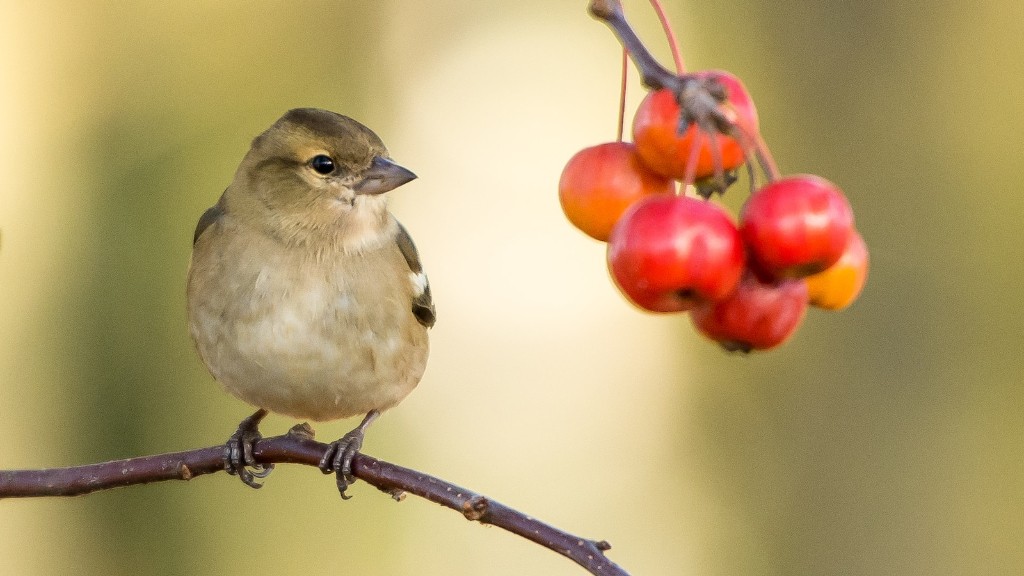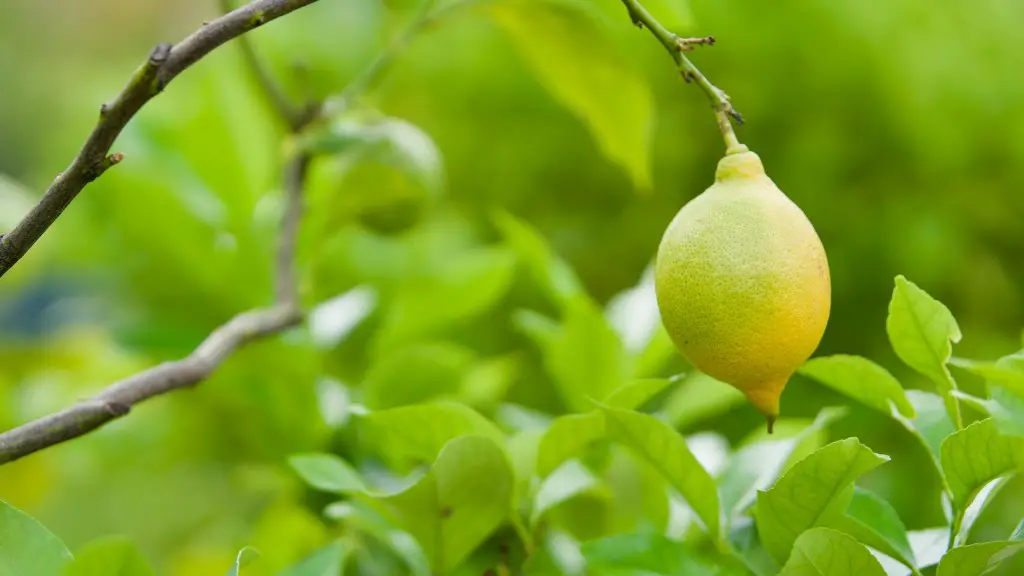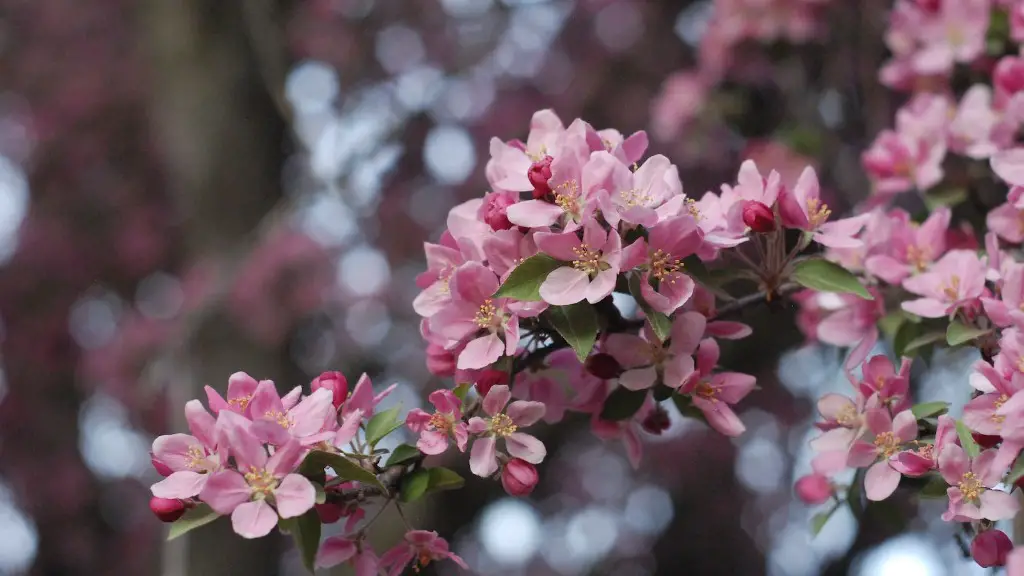How to Treat a Cherry Tree
Growing and successfully caring for a cherry tree is a task that requires some knowledge, careful consideration and dedication. It is important to understand how to prepare soil in the planting area, choose a suitable tree and provide it with the necessary cultivation and care. With the right approach, your cherry tree should produce a harvest of delicious fruit for many years to come!
Before planting your cherry tree, it is important to select the right variety. Traditional sweet cherries need a pollinator in close proximity for fruit production, so be sure to select two different varieties for best results. Sour cherries do not require a pollinator, so you can generally go with one variety for a single tree. If you plan to plant more than one tree, be sure to give it plenty of room – the spacing between trees should be consistent, with at least 8-10 feet between each tree.
Cherry trees like well-drained, nutrient-rich soil with a slightly acid to neutral pH level. It is important to prepare the soil before planting your cherry tree – use an organic fertilizer or compost to make sure the soil is adequately nourished. Once the soil has been treated, it is time to plant your tree. Invest in a quality dugout with enough space for your tree to comfortably fit.
Water is essential for a healthy cherry tree, so it is important to pay attention to the amount and frequency of watering. During the first two years, do not let the soil dry out during the warmer months. Trees should be watered deeply and consistently, with water soaking down to the roots. It is important to note that cherry trees do not like soggy soil,so maintain a balance between dry and moist soil.
Fertilizers also play an important role in maintaining a healthy cherry tree. During the growing season, use a balanced fertilizer and apply it when the tree is actively growing. Depending on the variety of cherry tree and the specific climate, it is important to recognize the proper time to fertilize. In the winter, use a slow-release fertilizer with low nitrogen content.
When it comes to pest control for a cherry tree, it is important to catch the problem early on and take action. Both organic and chemical treatments are available to prevent pests from damaging the tree. Spraying with dormant oil, insecticidal soap and other pest control treatments can help to keep the tree safe from pests. Monitor for any signs of pests such as webs and bitten leaves, and take appropriate action.
It is important to remember that cherry tree care is a year-long commitment. Be sure to prune your tree regularly, in order to maintain an even shape and promote better fruit production. In the winter, be sure to check for frost damage and wrap the tree in an insulated material if needed.
Pruning
Cherry trees should be pruned each year in late winter or early spring during the tree’s dormancy period. Pruning helps to encourage air circulation, reduce overcrowding and thin out overcrowded branches. Be sure to use a good pruning shear and shape the tree so that the center is open and the branches spread out in a V-shape. Cut away any dead wood, broken branches and extra shoots. Carefully remove a few of the older branches to encourage new growth.
Harvesting
The timing of a cherry harvest depends on the variety of the tree and the climate it is grown in, so bear that in mind before you decide to harvest the fruit. Check the color, size and taste of the fruit to evaluate the ripeness – in most cases, cherry trees are ready to be picked when the fruit has reached the right hue and is slightly soft to the touch.
When harvesting, it is important to be gentle with the fruit in order to avoid any damage. Consider using a ladder to reach the higher fruits, and bear in mind that as soon as the cherries are removed from the tree, they begin to lose their sweetness. It is best to store the fruit in ventilated baskets and consume it as quickly as possible.
Protection Against Frost Damage
If your cherry tree is in an area exposed to frost, it is important to take steps to protect the tree and the fruit. Choose an area that is sheltered from wind, with a south or east facing position and a warm microclimate. In the winter, use several layers of insulated material to protect the tree against frost, as well as a winter guard product – this helps to promote respiration and stop frost from entering the branches.
Pest Protection
Pests are a common issue facing cherry tree owners, so it is important to be vigilant when it comes to pest protection. Monitor the tree regularly for any signs or damages and take appropriate action. Use insecticidal soap and an application of natural oil to prevent pests from invading the tree. If the pests are already present, it is best to seek professional advice to determine the best course of action.
Training and Support
When caring for a cherry tree, it is important to provide sufficient support to the branches. Use a stake or trellis to support the branches from toppling over from the weight of the fruit. If the tree is young, it is important to provide some training to make sure it grows in the right direction. Prune away any weak or unwanted branches, and be sure to tie the stronger branches securely in place.
Fertilization
Cherry trees will benefit from fertilization each Spring and Autumn, making sure the root system is healthy and active. When fertilizing, avoid using high nitrogen fertilizers as these can encourage foliar growth at the expense of fruit production. Choose a fertilizer with low nitrogen content and high phosphorus content to encourage good root development. Repeat the process every few weeks, making sure not to over-fertilize.


